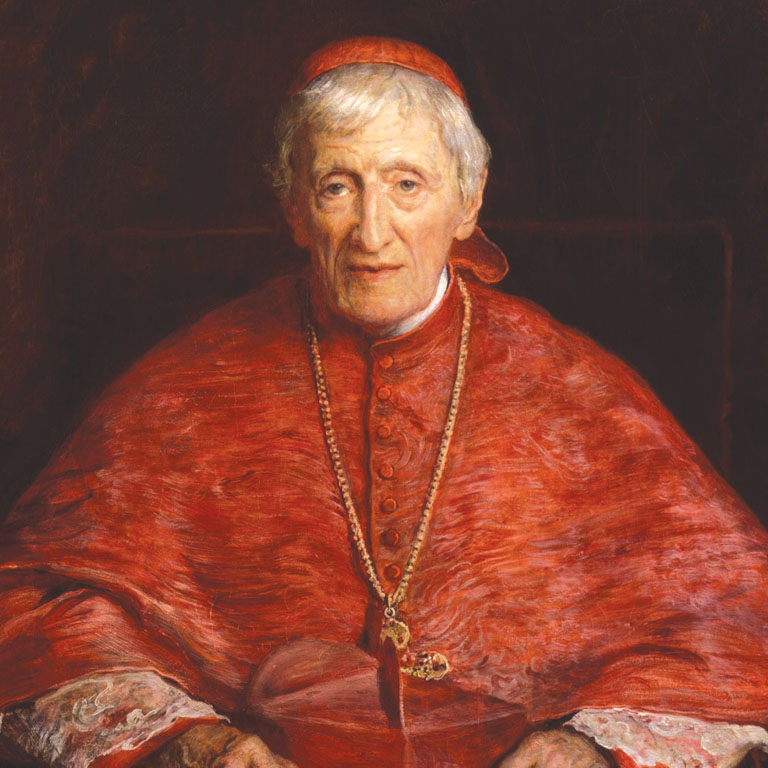Jezykowy obraz prawdy w kazaniach Parochial and Plain Sermons (1834-1843) Johna Henry’ego Newmana. [The linguistic view of truth in Parochial and Plain Sermons (1834-1843) by John Henry Newman] In: W: Cierniak U. (ed.). W poszukiwaniu prawdy. Chrzescijanska Europa miedzy wiara a polityka. Vol. I. Czestochowa: Instytut Filologii Obcych AJD, pp. 321-332 [In search for truth. Christian Europe – between faith and politics]. Czestochowa 2010.
Summary: This article aims to analyse the linguistic view of the notion of truth in John Henry Newman’s sermons. Newman was an outstanding English philosopher, theologian, writer and preacher, as well as a famous convert from the Anglican Church to the Roman Catholic Church. Parochial and Plain Sermons (1834-1843) constitute an important part of Newman’s works. They include eight volumes of sermons preached on various occasions during his Anglican period of life. The theory of the linguistic view of the world assumes that language reflects people’s interpretation of reality. In Newman’s sermons the notion of truth has a few meanings. First, it is understood in the epistemic sense as the agreement between reality and the human mind. Then, Newman employs the word “truth” to signify the supernatural reality of salvation, given in religious experiences: in the ontological sense, truth encompasses the transcendental reality of faith. Finally, truth is used as a metonymy for the Son of God. The notion of truth is also subject to the process of metaphorization, which is one of the characteristics of religious language, which by definition reaches beyond the ordinary.

